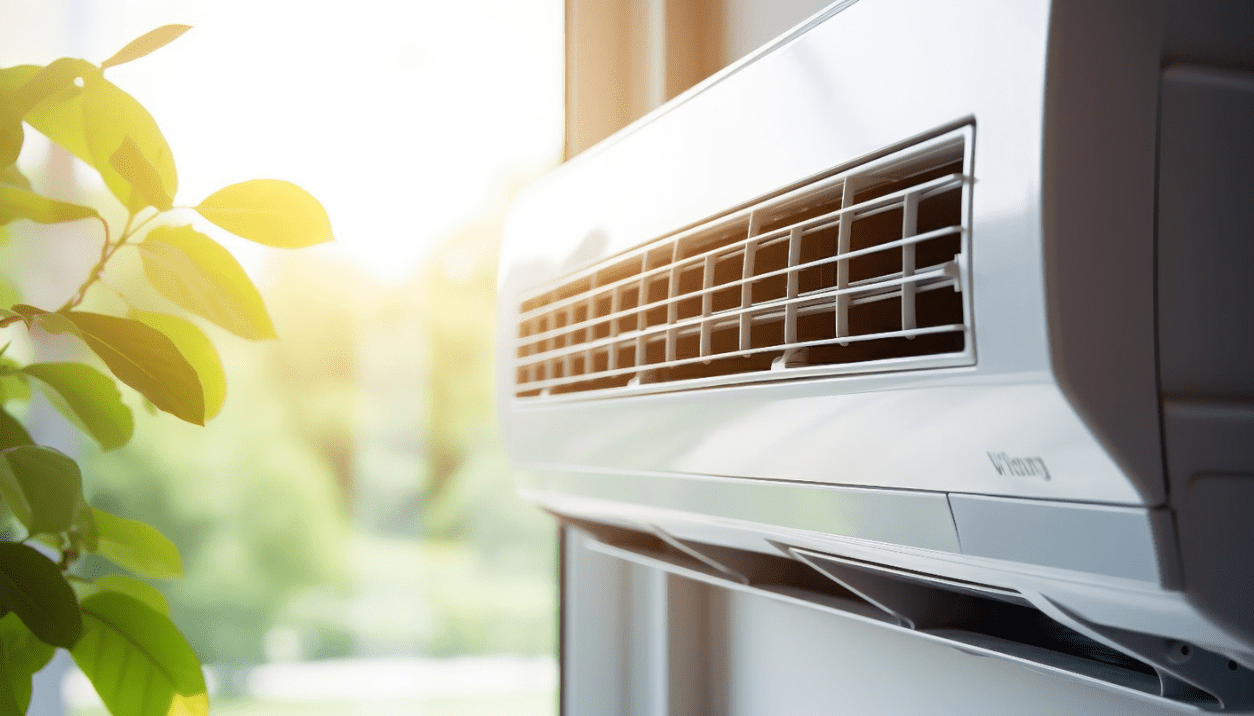Paint: A Basic Yet Essential Need
Though paint is often seen as a premium product, it has become an integral part of human life. Whether building a modest home or a luxurious bungalow, most structures require paint—not just for aesthetics, but also to protect buildings from wear and tear. It plays a vital role in construction by offering both durability and appeal.
A Growing Global and Indian Market
The global paints and coatings market is estimated at USD 193.91 billion in 2025 and is projected to grow to USD 282.45 billion by 2034, reflecting a steady compound annual growth rate of 4.27%. The Asia-Pacific region, leading the growth curve, surpassed USD 74.36 billion in 2024 and is expected to expand at 4.40% annually. The size of the India Paints and Coatings Market size is estimated at $9.60 billion in 2024. It is expected to reach $15.04 billion by 2029, growing at a CAGR of 9.38% between 2024 and 2029.This growth is being driven by a surge in housing demand, increasing urbanization, and a reduction in the repainting cycle, which has shifted from 7–8 years to just 4–5 years.

Market Structure and Competitive Landscape
The Indian paint industry, long dominated by four major players—Asian Paints, Berger Paints, Kansai Nerolac, and AkzoNobel India—is now undergoing a shift. New players like Birla Opus, JSW Paints, and Pidilite Industries have entered with aggressive strategies and significant capital expenditure. Birla Opus, in particular, has announced plans that could increase the industry’s total capacity by 40% over the next three years, aiming to become the second-largest paint manufacturer in India by 2025. As a result, the number of top-tier companies is expected to grow from four to eight in the short to medium term. This has created a more competitive environment, encouraging price revisions, rapid dealer expansion, and significant investments in branding and supply chains.
Decorative vs. Industrial Segments
India’s paint market is largely driven by the decorative segment, which accounts for nearly 75% of total demand. Within this, around 80% comes from repainting activity, with the remaining 20% linked to new construction. Rising disposable incomes, urban migration, shorter repaint cycles, and the growth of rental housing are contributing to consistent demand. On the other hand, the industrial paints segment makes up about 25%–30% of total demand and caters to industries like automotive, aerospace, oil and gas, electronics, and marine. These paints include weather-resistant, powder, automotive, and coil coatings, among others, and are essential for providing heavy-duty protection.
Revenue Trends and Price Sensitivity
After strong growth between FY19 and FY23, with a CAGR of 14%–15%, the paint industry’s revenue growth slowed to 4% in FY24. While volume growth remained robust at over 10%, the revenue dip can be attributed to price cuts following a fall in raw material costs and a growing shift towards lower-value products. Additionally, general elections, prolonged monsoon, and heightened competition impacted H1FY25 revenue. However, a price hike in July–August 2024 of 1.5%–2.5% is expected to bring back some momentum in H2FY25. Even with muted expectations, the fundamentals remain strong due to resilient demand and continued urban housing activity.
Revenue growth of long-entrenched players likely to remain muted

Cost Structure and Profitability Pressure
The cost structure of the paint industry is heavily dependent on raw materials, which account for nearly 50%–60% of total production costs. These materials include pigments like titanium dioxide, resins for binding, solvents for thinning, and additives to enhance drying time and UV resistance. The prices of crude oil derivatives and titanium dioxide are critical to profit margins, making companies vulnerable to global price fluctuations. While gross margins are likely to remain steady at around 40%, operating margins, which averaged 18% from FY20 to FY24, have already fallen to about 16% in H1FY25. Analysts project further moderation to 14% by FY26 due to increased advertising and promotional spends as companies battle for market share.
Capacity Expansion and Organized Market Growth
Indian paint companies are undertaking major capital expenditure initiatives. The existing capacity of long-term players stood at around 4.3 billion liters per annum at the end of FY24. This is expected to rise sharply, with a 70% addition planned over the next three to four years. Nearly 1 billion liters per annum of new capacity have already been added in FY25, primarily by a new entrant from a major conglomerate. With this, the share of the organized sector—which had increased from 65% before GST to 75%—is expected to reach nearly 80% in the medium term. The shift towards organized players is being driven by branding strength, scale advantages, and better dealer networks.

Per Capita Paint Consumption in India
India’s per capita consumption is 4.5 kilograms, which, when compared to developed countries, presents immense growth potential. For instance, countries like the United States and Japan have significantly higher per capita consumption, indicating that the Indian market is far from saturation. This gap offers enormous opportunities for paint manufacturers to expand their market reach and innovate products tailored to Indian preferences.
Key Success Factors and Strategic Focus
The industry is being reshaped not just by size and growth but also by strategic depth. Two key elements stand out—product quality and supply chain efficiency. Companies that excel in delivering consistent quality while managing their logistics smartly are more likely to succeed. Asian Paints, for example, has maintained its leadership through strong supply chain systems and stringent quality controls. For other companies to remain competitive or gain market share, a detailed assessment of their operating models, product strategies, and brand positioning will be crucial. As the market evolves, the ability to innovate, expand dealer networks, and maintain brand visibility will play a defining role.
Analyst Insights and Future Outlook
According to CareEdge Ratings and industry observers, the paint sector’s credit profile remains stable despite margin pressures. Conservative capital structures and healthy liquidity positions are helping incumbents absorb competitive shocks. Though profitability may decline in the near term, the long-term outlook is supported by demand growth from both real estate and industrial users. The housing sector is projected to grow at 10%–15% annually, supported by project completions and government-led infrastructure spending. Meanwhile, the real demand drivers—repainting cycles, water-based paint adoption, and rising disposable income—are all trending positively.
SEBI Registered Investment Advisor:- Company Name: ORIM ADVISORS PRIVATE LIMITED SEBI Registration Number: INA000018294 CIN: U74999MH2021PTC373405
Address:- 13/C, Mini Land, Tank Road, Bhandup West, Mumbai, Maharashtra 400078. Principal Officer & Compliance Officer: Vedant Sanjive Kumar Pathella Contact no: +91- 7977016006 Email: connect@orim.in Disclaimer: Investment in securities market are subject to market risks. Read all the related documents carefully before investing.
Registration granted by SEBI, membership of BASL and certification from NISM in no way guarantee performance of the intermediary or provide any assurance of returns to investors. Past performance should not be considered as a guarantee of future returns. Detailed Disclaimer:- https://orim.in/sebi-disclosures/ SEBI Office address: SEBI BHAVAN 2, PN-C/7, G Block BKC, Bandra Kurla Complex, Bandra East, Mumbai, Maharashtra 400051




